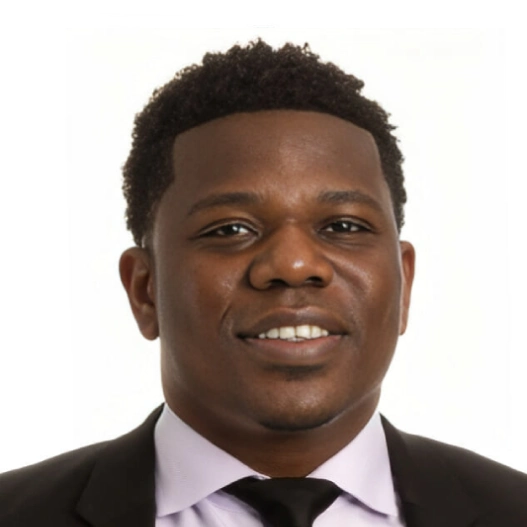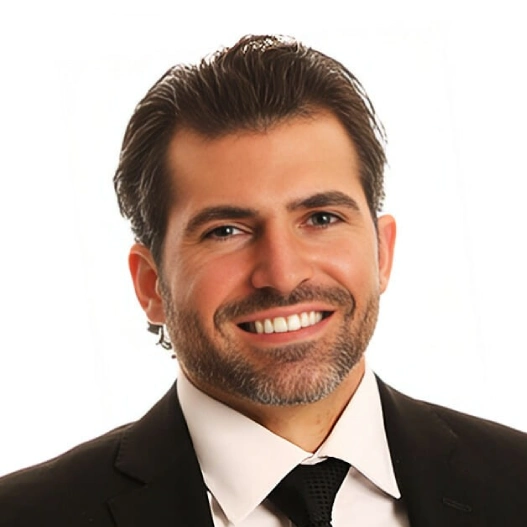Michigan’s Leading Spine Care Center
At Synergy Health Partners, we offer personalized, comprehensive solutions for patients suffering from back and neck pain. Our state-of-the-art technology and experienced physicians ensure you receive the best care in a welcoming atmosphere. We focus on thorough education, coordinated care, immediate diagnosis, treatment, and pain management to help you get back to enjoying life.
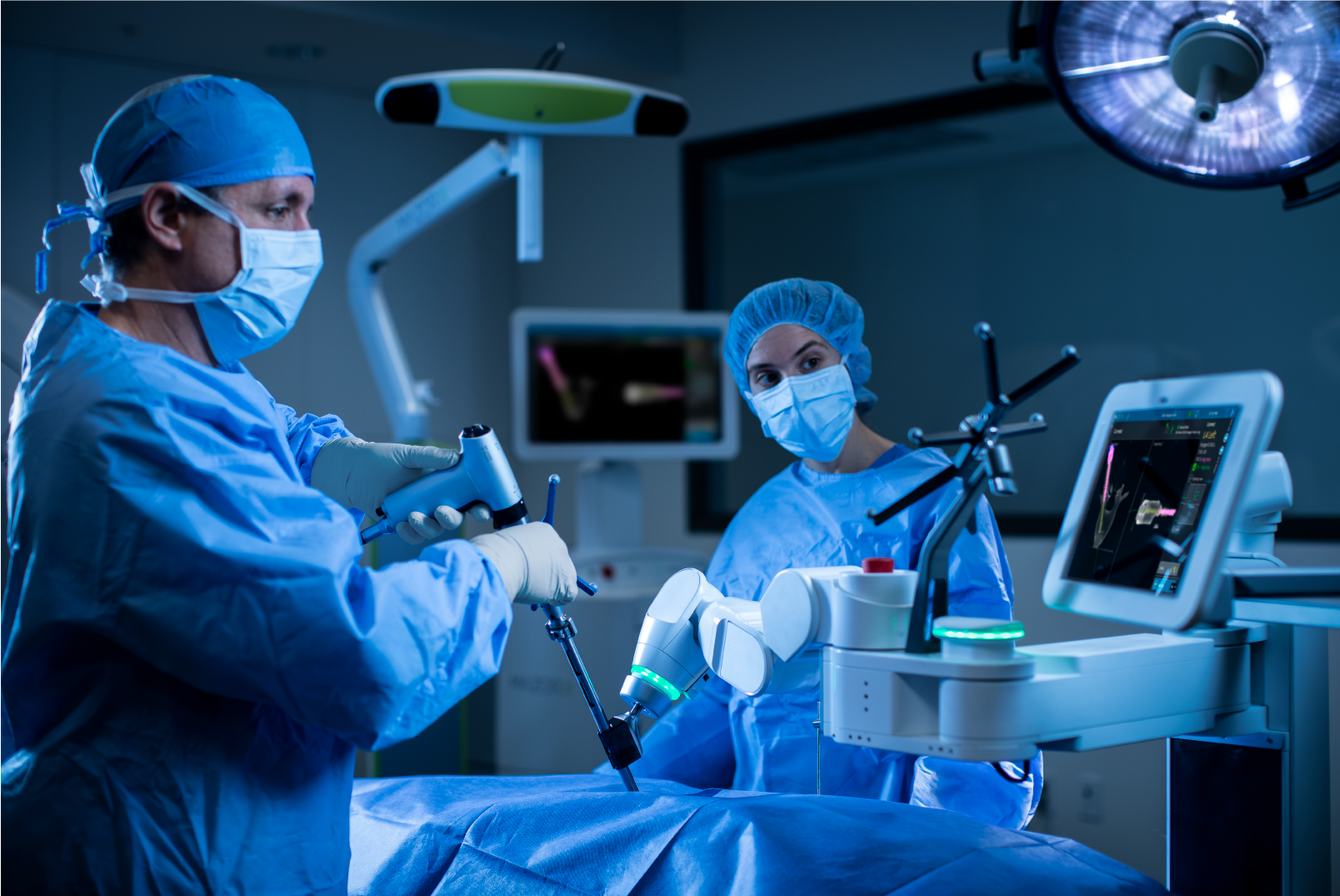
Meet Our Spine Specialists
Our experienced and highly trained doctors are here to help you find relief. They know that when you are in pain, you need more than just a doctor–you need someone who listens and cares.
Our Back Specialists Help You Manage Back and Neck Pain
Spine, back, and neck pain are common problems that will affect approximately 75% of all Americans at some time in their life. The fellowship-trained and board-certified orthopedic surgeons at Mendelson Kornblum can expertly assess your condition and will go over both surgical and non-surgical treatment options as they pertain to your ideal outcome. We work with each patient to ideally restore pain-free motion and help you return to work and resume daily activities.
Comprehensive Spine & Neck Treatments
Common Spine Conditions
Back and neck pain can be caused by various conditions. Our team accurately diagnoses and treats a wide range of spine issues, including:
- Herniated discs
- Degenerative disc disease
- Spinal Stenosis
- Cervical Radiculopathy
- Lumbar Stenosis
- Arthritis-related conditions
- Work or sports-related injuries
- Sacroiliac (SI) joint pain
What’s New
Advanced Spine Surgery with Mazor X
We are proud to be among the first in Michigan to use the Mazor X Robotic Guidance Platform at our Synergy Ambulatory Surgery Center. This technology combines pre-operative planning with intraoperative guidance, providing advanced spinal surgery options. Dr. Brian Fiani and Dr. Rasheed Abiola lead our team with expertise in minimally invasive spine surgery.
Treating Neck & Back
Pain in Michigan
Our board-certified spine surgeons, rehabilitation specialists, and on-site physical therapists work together to address each patient’s needs, offering a wide array of surgical and non-surgical treatment options. The right approach to treatment will depend on each individual’s condition. We often begin with less-invasive measures and progress to spine surgery if necessary.
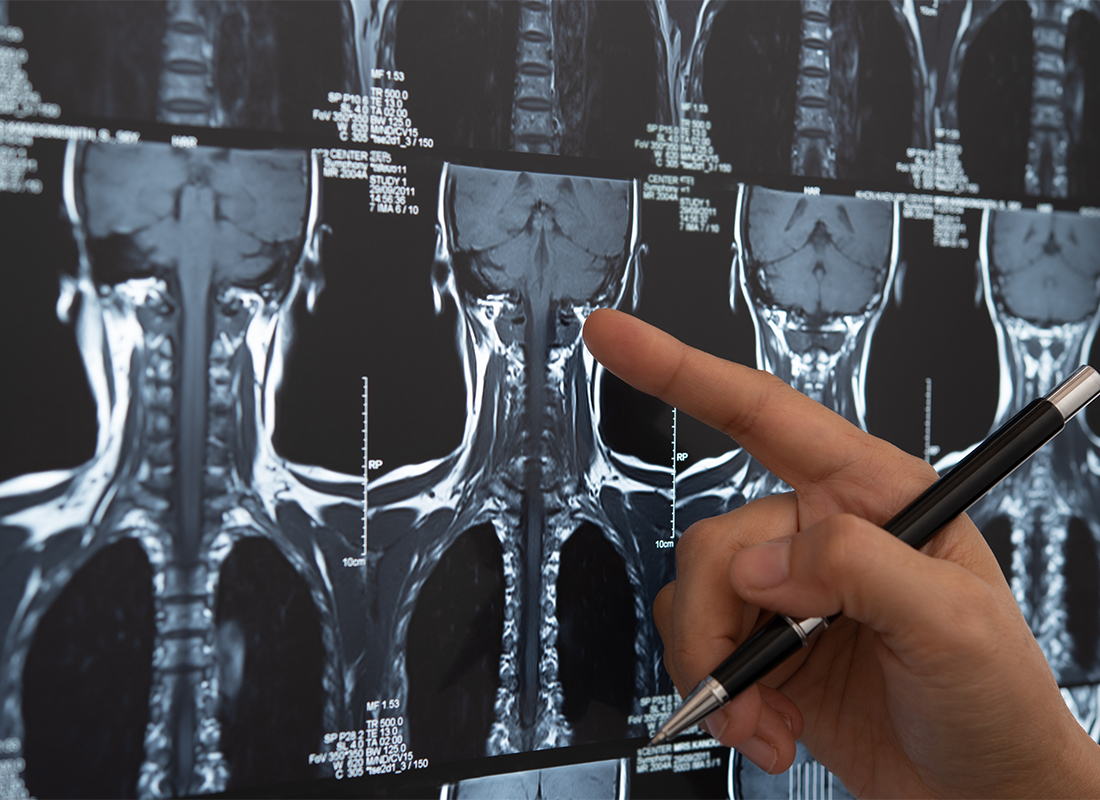
Personalized Treatment Options
Our team tailors treatment plans to each patient, starting with non-surgical options and progressing to surgery if needed.
Non-Surgical Treatments
Injection Therapy
Our state-of-the-art pain management centers in Livonia and Warren offer cutting-edge injection therapies to effectively manage neck and back pain. From epidural steroid injections to facet joint block injections, our skilled team customizes treatments to target specific sources of discomfort, providing relief and promoting healing without the need for surgery.
Physical Therapy
We offer a personalized approach to pain management through our comprehensive physical therapy programs. Our experienced therapists use targeted exercises, stretches, and rehabilitative techniques to strengthen muscles, improve flexibility, and enhance overall spinal health.
Your Trusted Back, Neck, and Spine Specialists in Michigan
Our team employs advanced diagnostic techniques to identify the root causes of your neck, back, and spine discomfort. Using a combination of targeted injection therapies, physical therapy, specialized bracing, and minimally invasive spine surgery, we aim to optimize your recovery and enhance your quality of life. If you’re ready to alleviate your chronic back, neck, and spine pain, schedule an appointment with one of our back, neck, and spine specialists today!
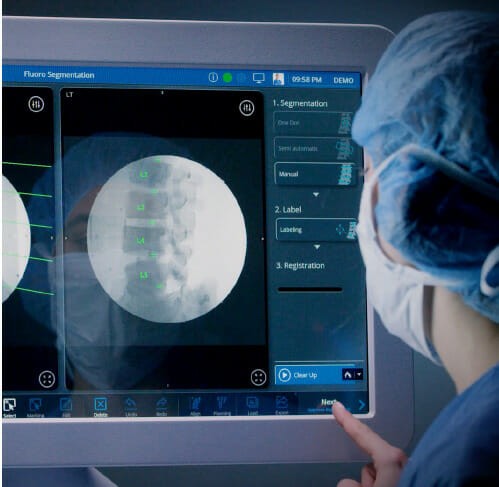
Everything You Need - All in One Place
We are Michigan’s premier destination for comprehensive spine care. We offer a unique lifecycle approach to managing spine conditions, delivering tailored treatment plans, cutting-edge surgical interventions, physical therapy, and more to ensure you receive the highest quality care. Discover how our integrated approach can help you find relief and restore optimal function, allowing you to embrace life fully.

